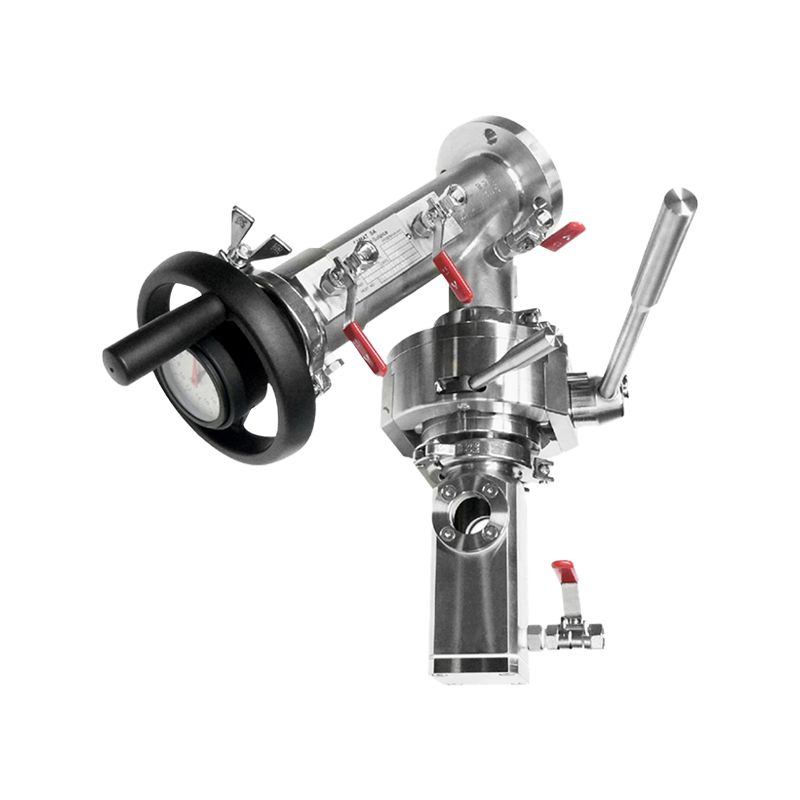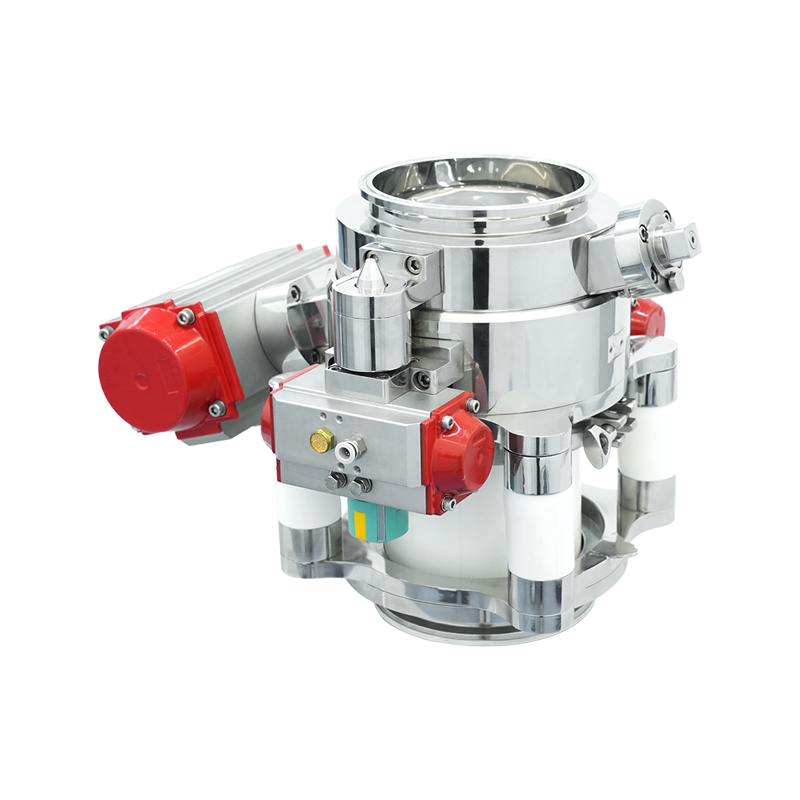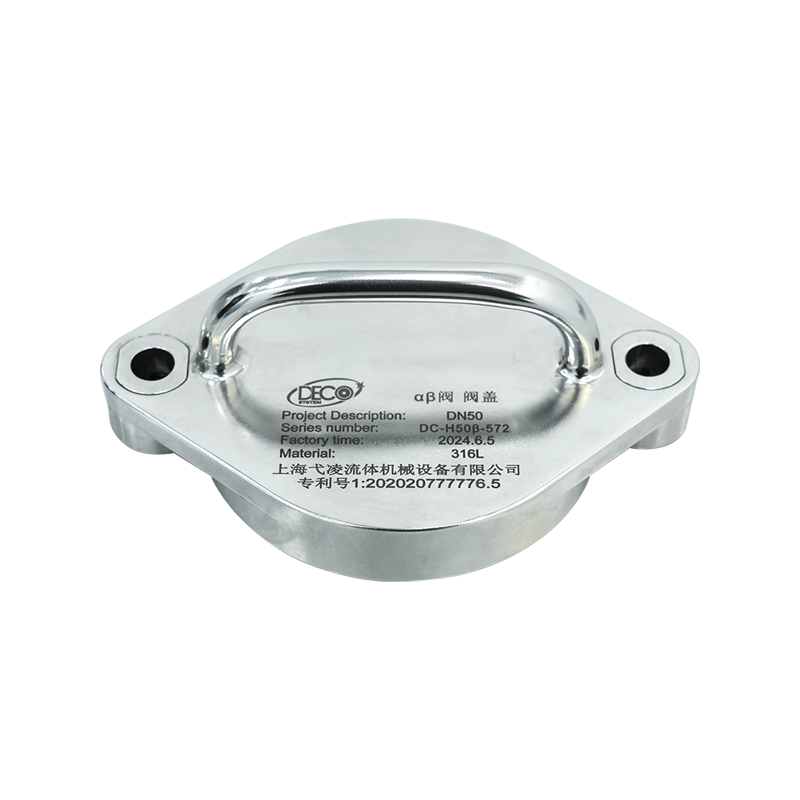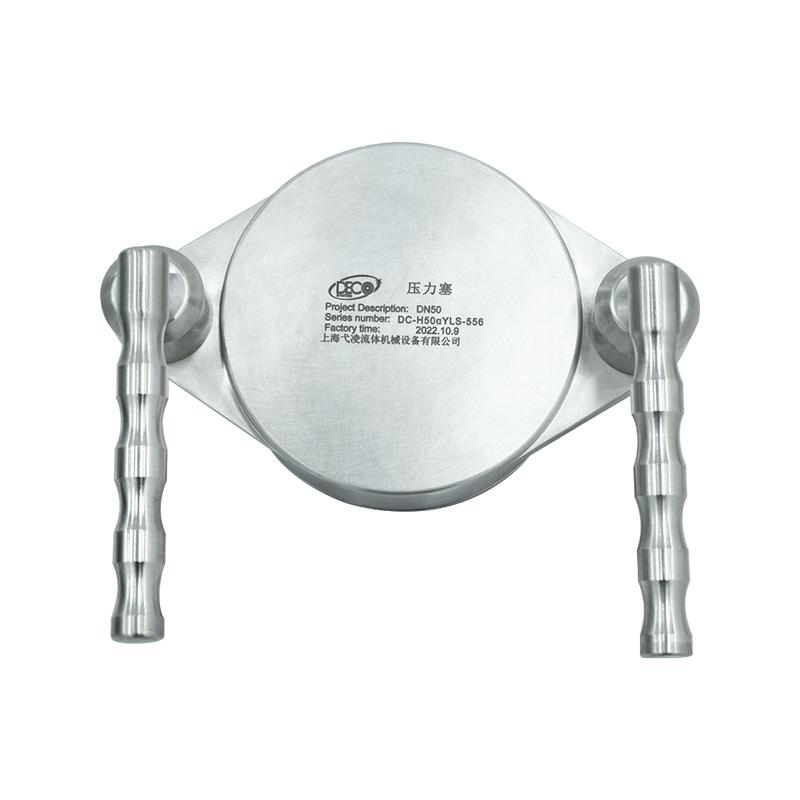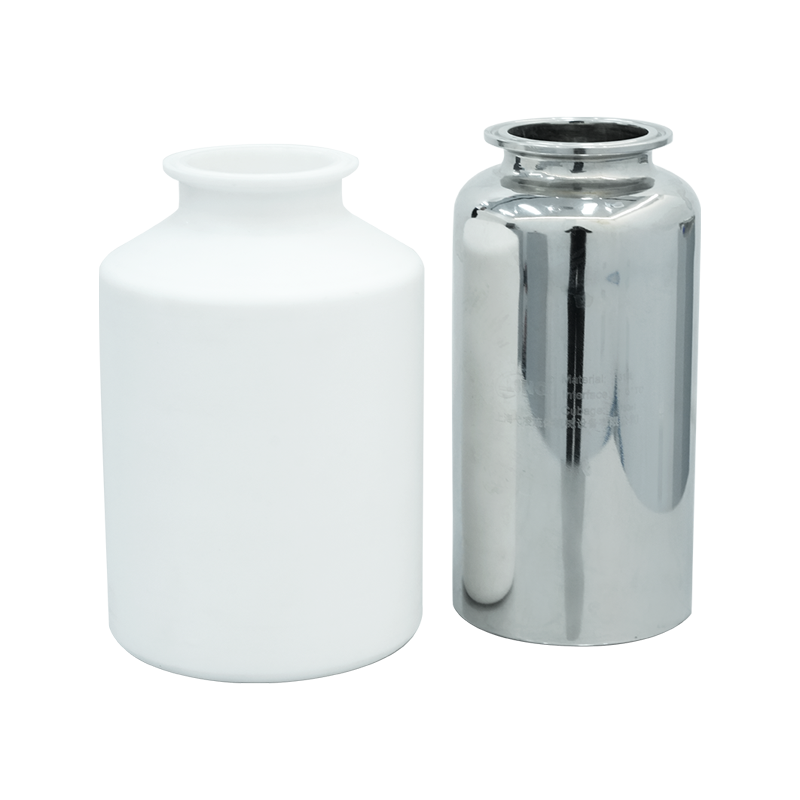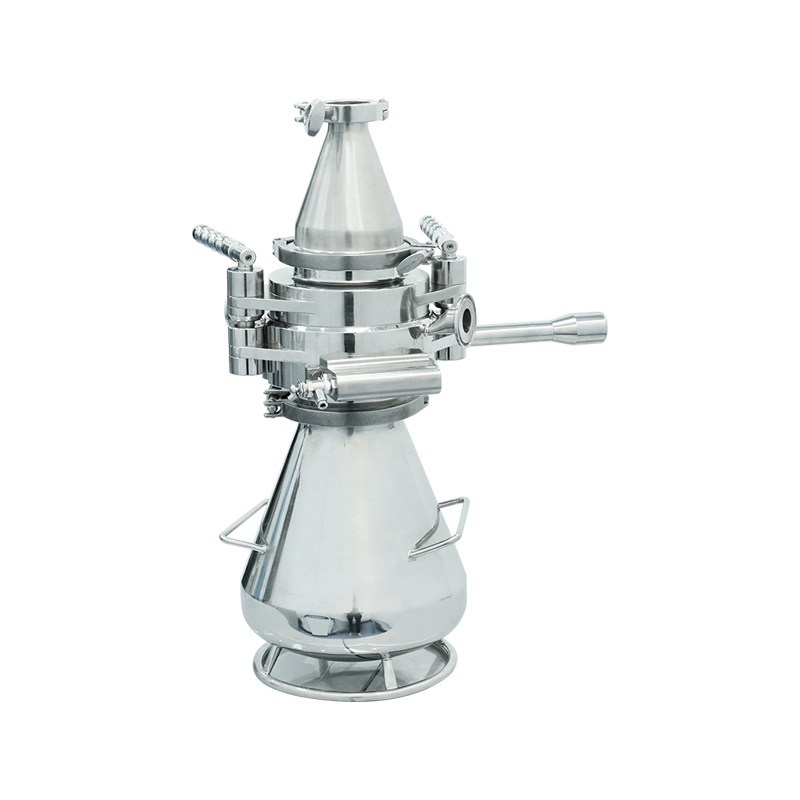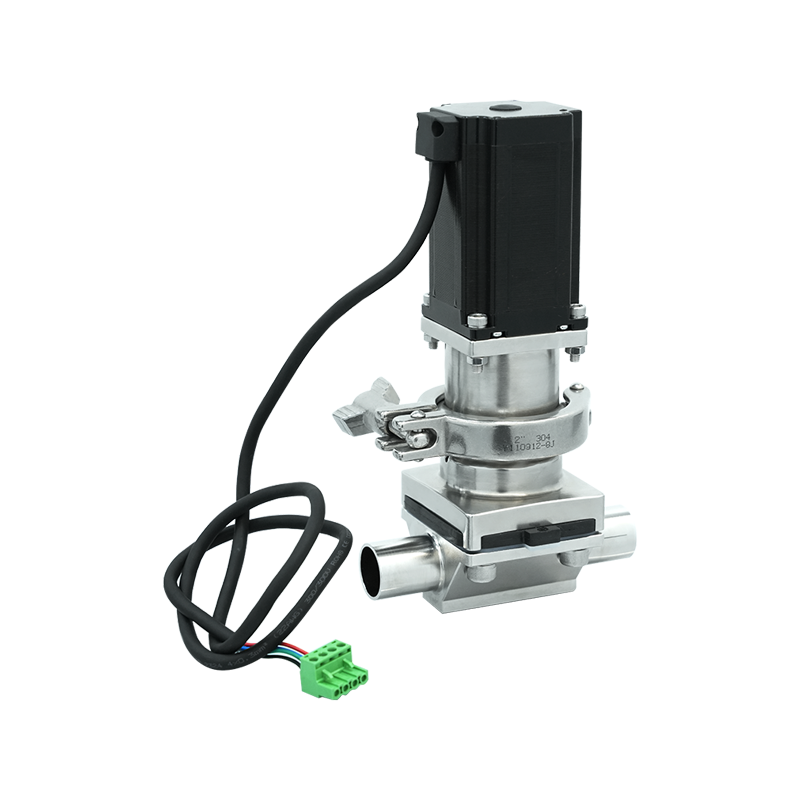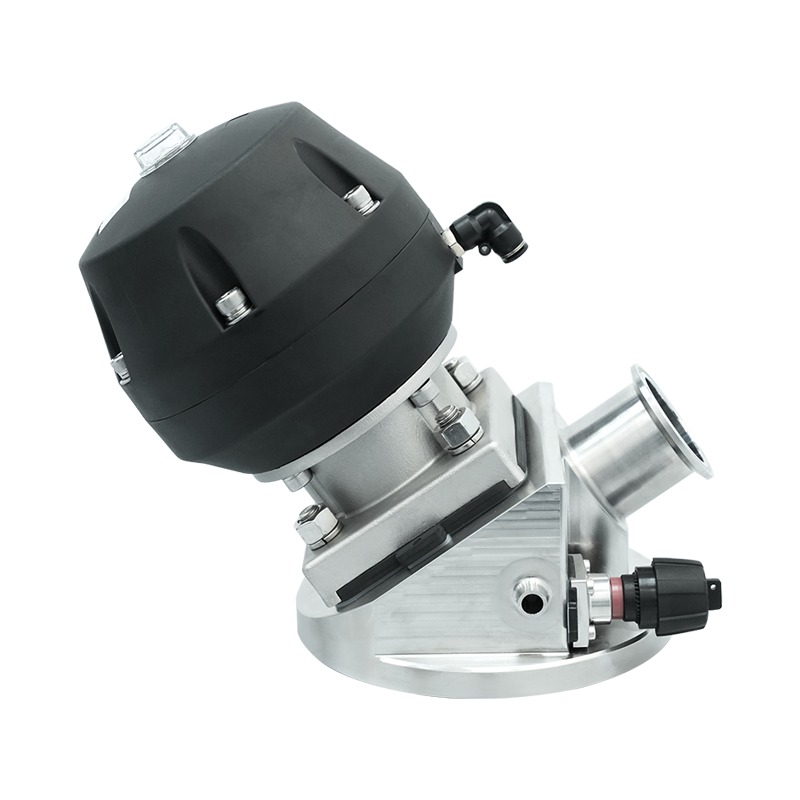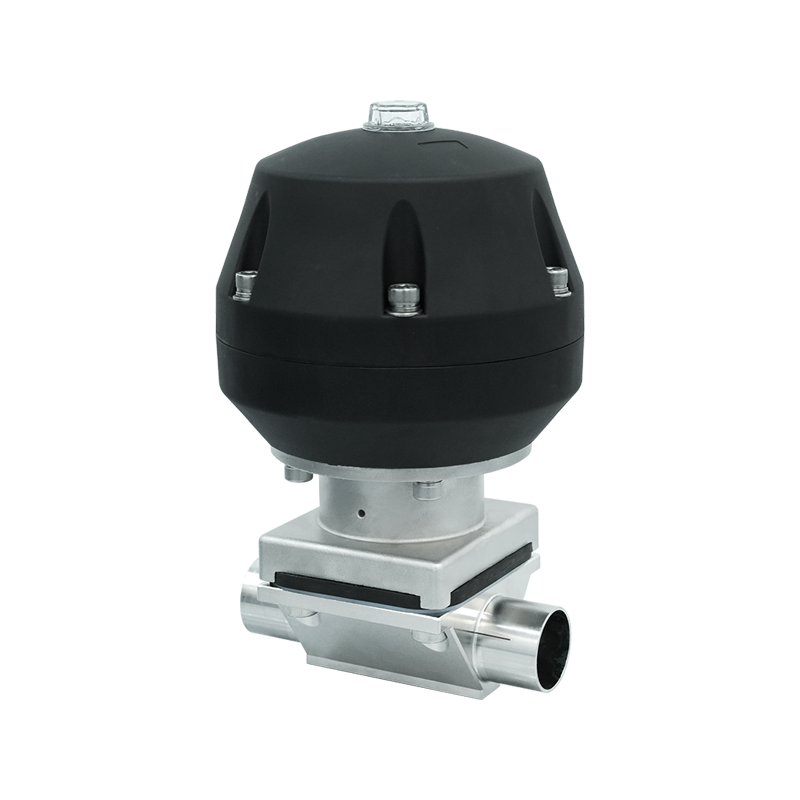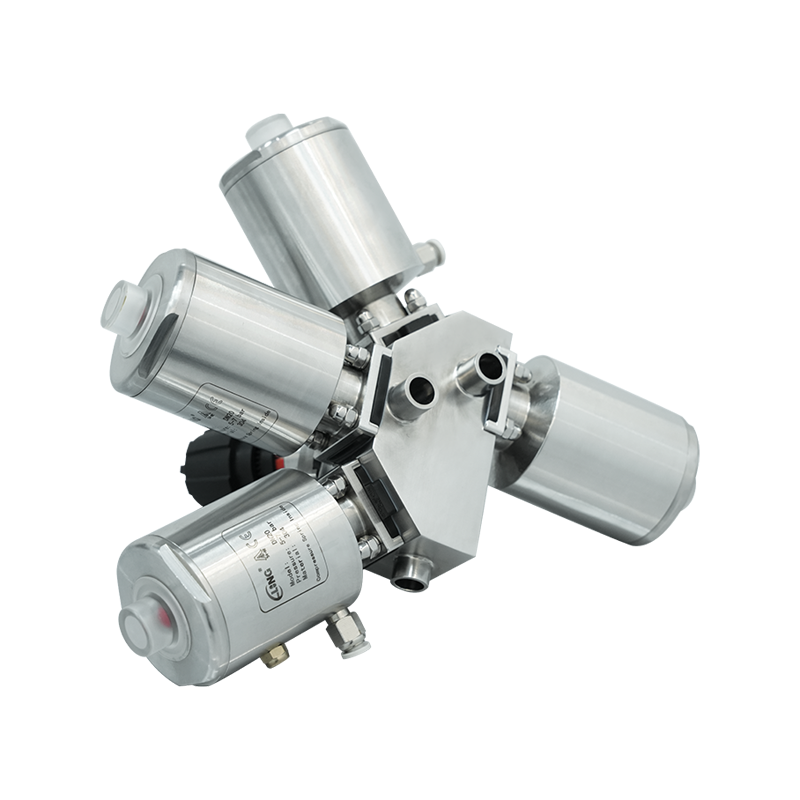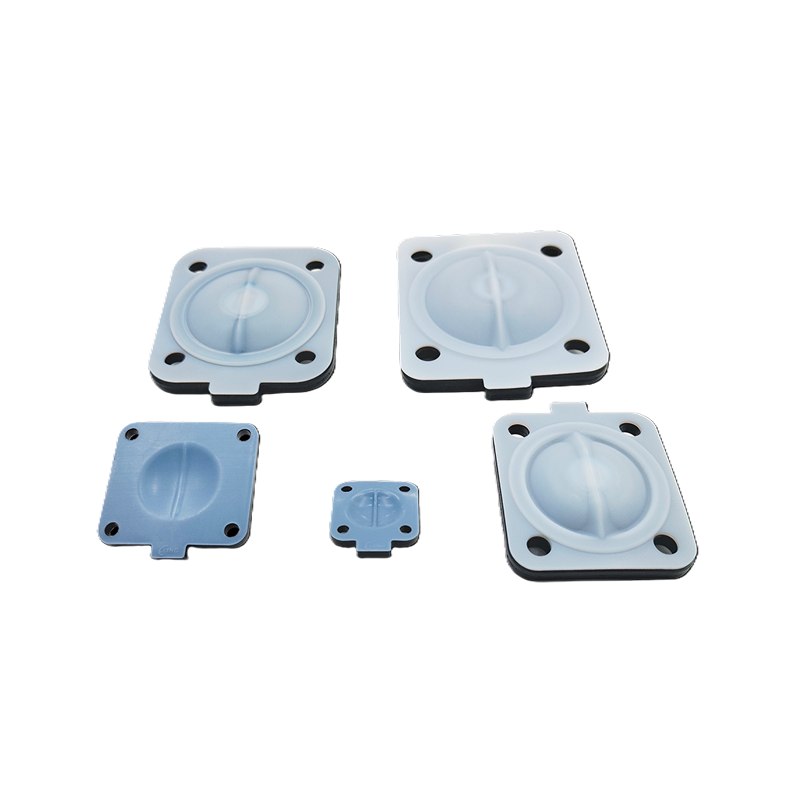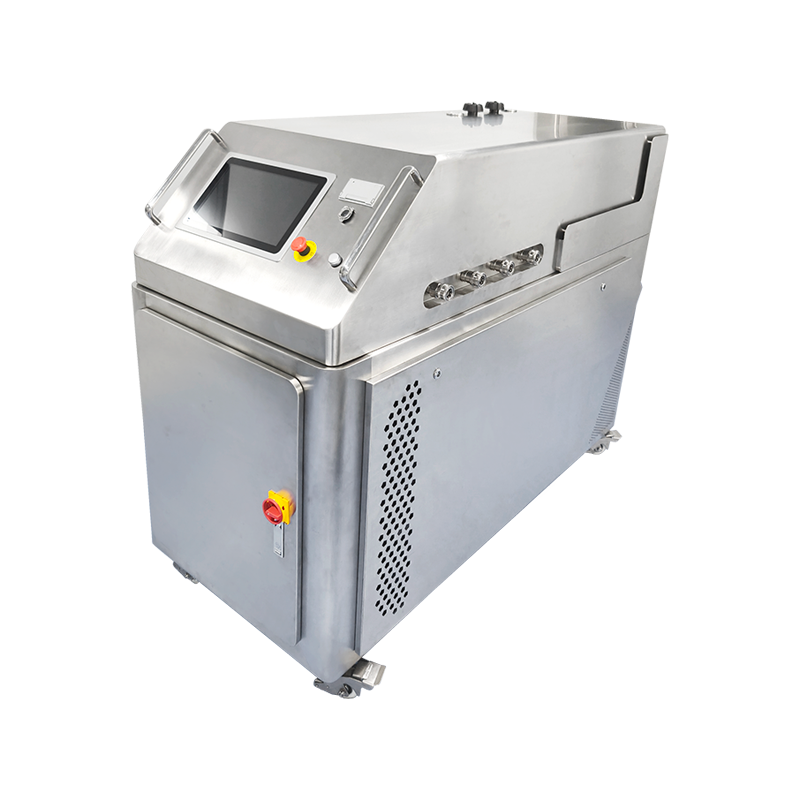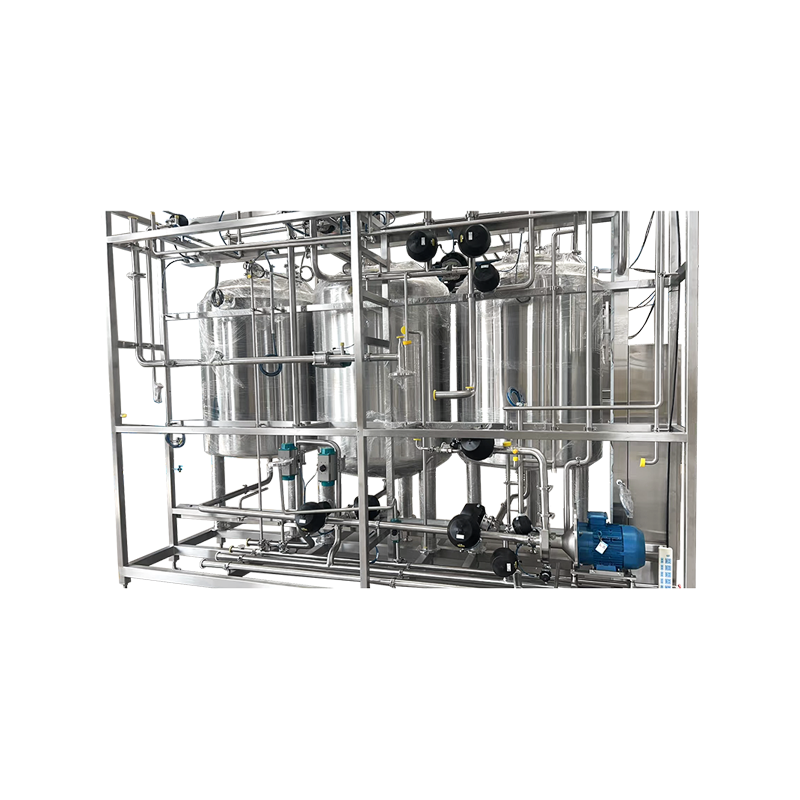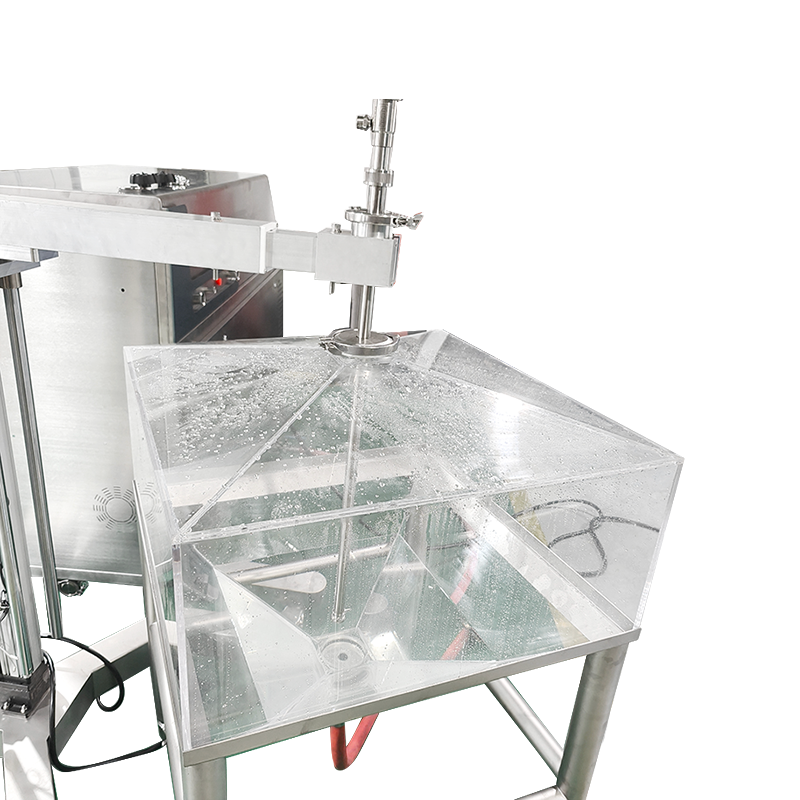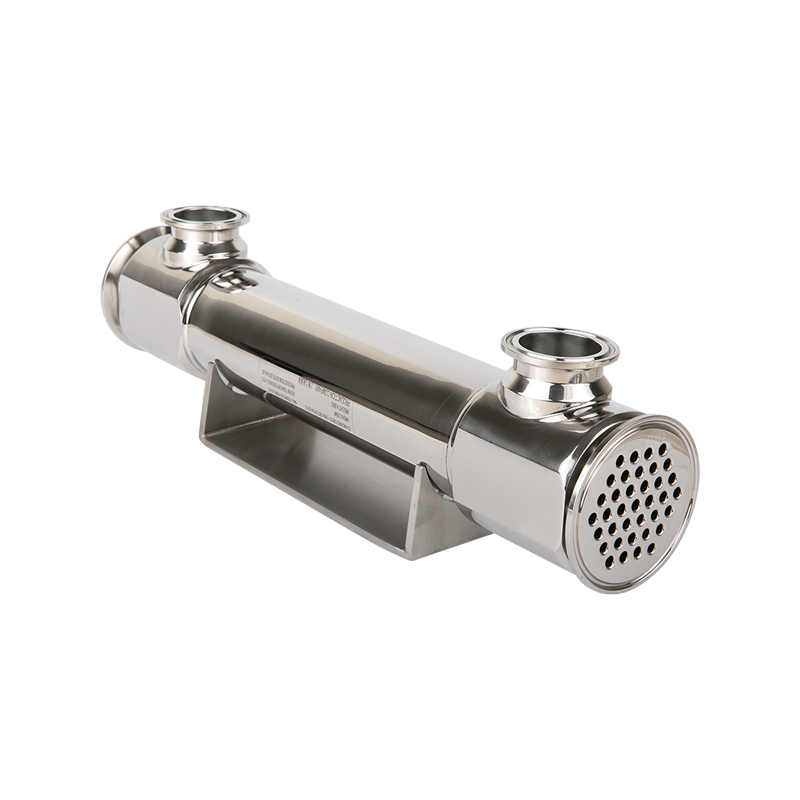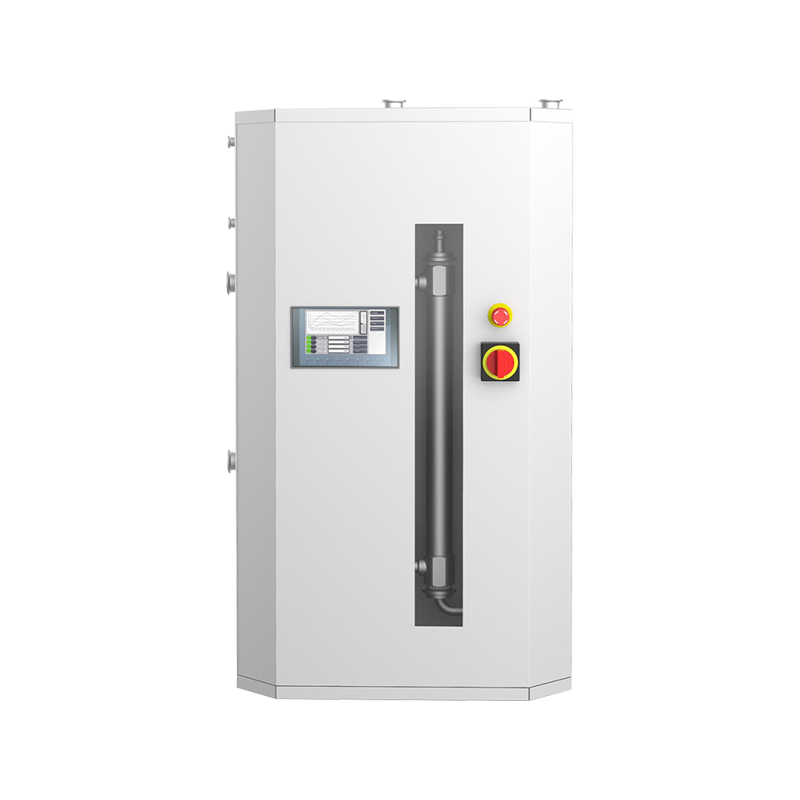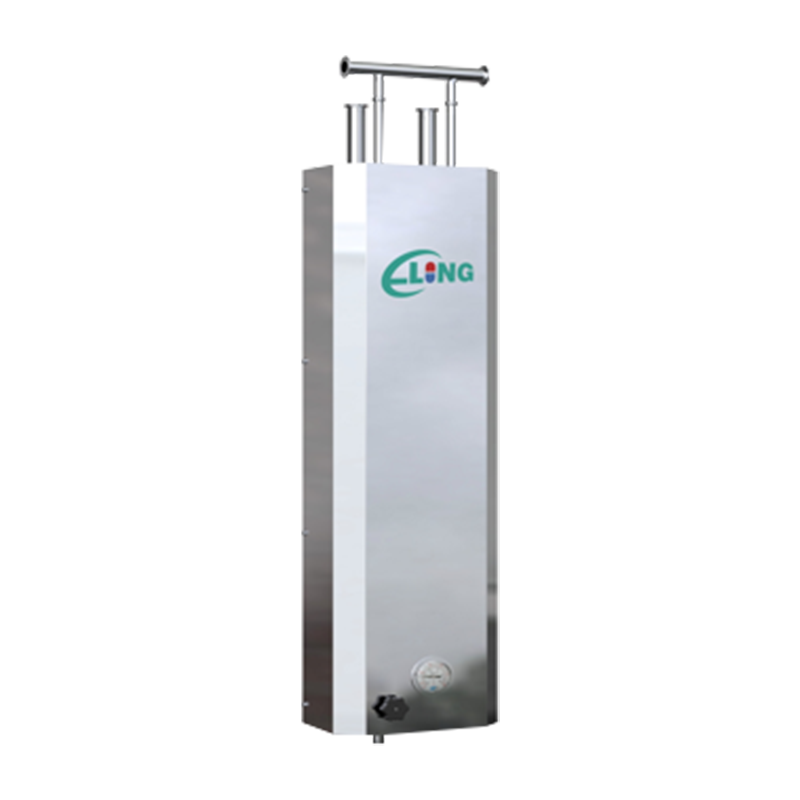In today’s demanding industrial environments, precision, reliability, and durability are no longer optional—they are essential. Whether in chemical processing, water treatment, oil and gas, pharmaceuticals, or food and beverage industries, valve technology plays a critical role in maintaining system integrity and operational safety. Among the many valve types available on the market, RTP valves (Reinforced Thermoplastic Valves) have emerged as a toptier solution for engineers and decisionmakers seeking highperformance fluid control in corrosive or highpressure applications.
So, what makes RTP valves such a powerful and increasingly popular choice? In this article, we’ll explore the features, advantages, applications, and reasons why RTP valves stand out in the world of industrial fluid handling.
What Are RTP Valves?
RTP (Reinforced Thermoplastic) valves are valves manufactured using highstrength thermoplastic materials that are reinforced with fibers such as glass or carbon. These reinforcements significantly enhance the valve’s mechanical strength, thermal stability, and chemical resistance, making them suitable for extreme operating conditions that would quickly degrade traditional metal or plastic valves.
Unlike standard plastic valves, which may be prone to warping, cracking, or pressure deformation under harsh conditions, RTP valves offer a unique combination of lightweight design and superior durability, even in highly corrosive or hightemperature environments.
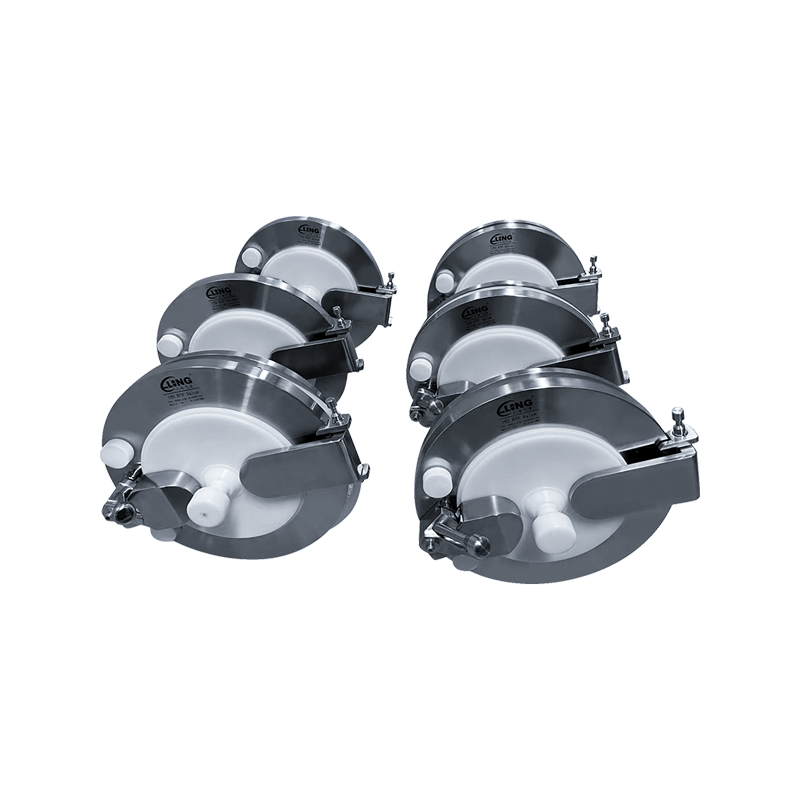
Key Features of RTP Valves
1. High Mechanical Strength
Thanks to fiber reinforcement, RTP valves can withstand high internal pressures and external forces, making them ideal for aggressive industrial operations.
2. Exceptional Corrosion Resistance
Unlike metal valves, RTP valves are nonreactive to chemicals such as acids, bases, and salts. This makes them particularly valuable in chemical processing plants and wastewater treatment facilities.
3. Thermal Stability
RTP valves maintain their structure and performance under elevated temperatures, often up to 200°C (392°F) or more, depending on the material composition.
4. Lightweight Construction
Despite their strength, RTP valves are significantly lighter than metallic counterparts, making installation, transport, and handling easier and more costeffective.
5. Low Maintenance Requirements
RTP valves resist rust, scale buildup, and surface degradation, which translates to longer service intervals and reduced downtime.
6. Versatile Design Compatibility
Available in a wide range of types (ball valves, gate valves, check valves, diaphragm valves, etc.), RTP valves can be tailored for manual or automated control systems.
Advantages Over Traditional Valve Materials
When comparing RTP valves to stainless steel, brass, cast iron, or even unreinforced plastic valves, several clear advantages emerge:
Longer Lifespan in Corrosive Environments
RTP valves outperform stainless steel in environments where chlorides or strong acids would cause corrosion or pitting.
Cost Efficiency Over Time
While RTP valves may have a higher upfront cost than basic plastic valves, their superior lifespan and reduced maintenance costs make them a smart longterm investment.
NonMagnetic and NonConductive
Perfect for sensitive environments, RTP materials do not interfere with electromagnetic systems or signal transmissions, unlike metallic valves.
EcoFriendly Manufacturing Options
Many RTP valves are made from recyclable thermoplastics, offering a more sustainable choice for environmentallyconscious operations.
Typical Applications of RTP Valves
Because of their robust properties, RTP valves are used across a broad spectrum of industries, including:
1. Chemical Processing
Handling corrosive acids, alkalis, and solvents requires materials that won’t degrade or contaminate the process. RTP valves are ideal for chemical dosing systems, tank drains, and process pipelines.
2. Water and Wastewater Treatment
In both municipal and industrial water systems, RTP valves control the flow of aggressive water treatment chemicals such as chlorine and sulfuric acid without fear of corrosion or scale formation.
3. Oil and Gas
Harsh field conditions in upstream and downstream processes require valves that can perform reliably under high pressure and temperature, particularly in onshore and offshore platforms.
4. Food and Beverage Processing
RTP valves made from FDAcompliant materials are used in cleaninplace (CIP) systems and pipelines where hygiene, chemical resistance, and ease of cleaning are critical.
5. Pharmaceuticals
In sterile or highly controlled environments, RTP valves prevent contamination and provide excellent resistance to aggressive cleaning agents and solvents.
6. Mining and Mineral Processing
Slurry transport and leaching operations often involve abrasive and corrosive materials. RTP valves maintain flow control in these tough conditions without significant wear.
7. Power Generation
Cooling systems, chemical feed lines, and boiler operations rely on RTP valves for their resistance to both thermal shock and corrosive water chemistry.
Choosing the Right RTP Valve for Your Needs
When selecting an RTP valve, several key factors should be evaluated:
Material Type: RTP valves can be made from materials like PVDF, CPVC, PFA, and PP, each offering different temperature and chemical resistance profiles.
Pressure Rating: Understand the maximum pressure the valve will face during normal and peak operations.
Valve Type: Choose from ball valves, butterfly valves, diaphragm valves, etc., based on the flow control requirements.
Actuation Method: Determine whether a manual, pneumatic, or electric actuator is needed for your application.
Standards and Certifications: Ensure the valve complies with industry regulations such as ISO, ASTM, ANSI, or FDA depending on the sector.
Working with an experienced valve supplier can help you match the right valve to your exact process and performance needs.
Future Outlook for RTP Valve Technology
As industries continue to move toward automation, sustainability, and process optimization, RTP valve technology is evolving to keep pace. Innovations such as:
Smart valve integration for realtime monitoring
Improved resin formulations for extreme conditions
Additive manufacturing (3D printing) of custom RTP valve components
are pushing the boundaries of what these valves can do. The future of fluid control lies in highperformance materials, and RTP valves are at the forefront of that movement.
Final Thoughts
In an age where performance, safety, and costeffectiveness are nonnegotiable, RTP valves deliver on every front. Their exceptional combination of strength, chemical resistance, and thermal stability make them the ideal solution for industries seeking to optimize fluid control without sacrificing longevity or reliability.
Whether you're building a new process plant, upgrading an existing pipeline, or sourcing valves for a highstakes project, RTP valves are a smart and strategic choice that offers peace of mind and superior performance in even the harshest environments.






